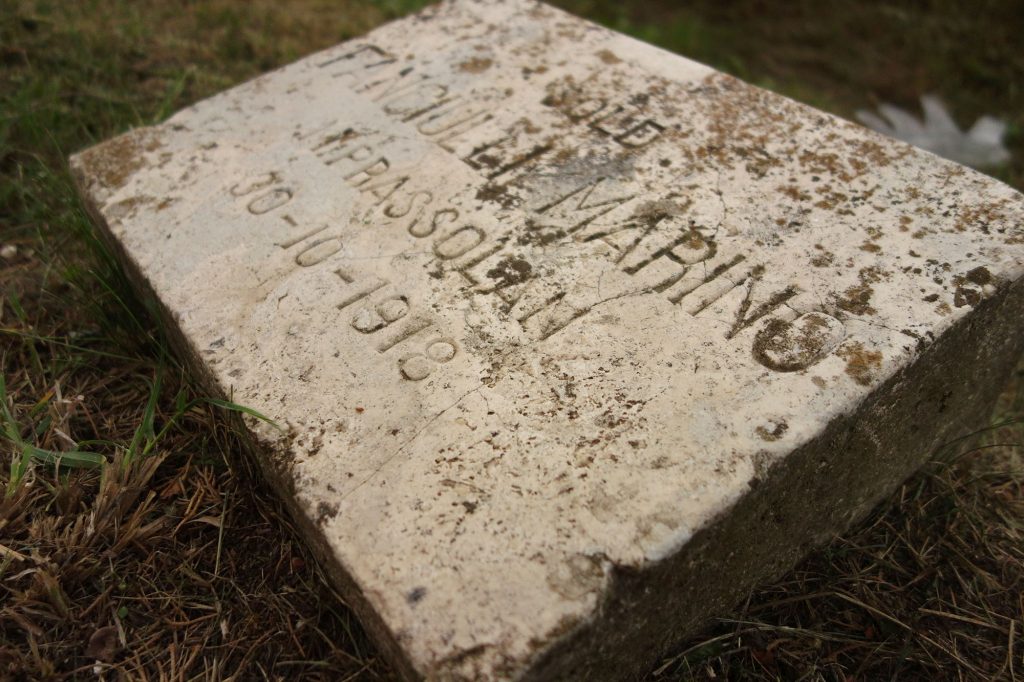Just outside Montepulciano, on the quarter mile drive down the Viale della Remembranza to the elegant Temple of San Biagio, one can’t help but be impressed by the 98 tall and elegant cypress trees, pointing straight to heaven like so many church spires.
But when you look closer, you might notice there, beneath each tree lies a simple stone marker. Not grave stones or grave markers, but memorial stones, 12 by 24 inches, and made of native Italian marble, thick and heavy, covered now with lichen, moss and age.

Upon closer examination, the stone’s story becomes clear. Each marker bears the name of a fallen Italian soldier from World War I, where the soldier died and the date of his death.
Somehow, I am drawn to this elegant yet understated memorial. The stately trees, each one celebrating the life remembered in stone at its roots, and the trees, standing as if at attention, guard-like.
Inadvertently, I begin reading, each stone, one by one, all 98 — the names, their rank, the battle that took their lives. The irony is thick. These local men all died in World War I, from 1915-1918, when Italian soldiers fought on the Allied side against Austria-Hungary, allies of Germany.
But where are the memorials to the Italians who died in WWII? Were their lives not just as worthwhile, and were those soldiers no less valiant? How desperately sad it must be to from the family of a fallen Italian soldier whose only sin might be to have fought for his country that took the Nazi side. Where are their memorials?
This is a question to explore later, for today I am stopped in my tracks by a discovery: There, beneath a towering cypress with a broad gnarly girth, I find Fancuilli Marino. His stone marks his death at the battle of Imprassolan as 10-30-1918.
Exactly 100 years ago today.
I put down my hiking pole, take off my jacket, and sit in the grass by the shoulder of the road, there beside soldier Marino. All is still except the Tuscan wind bending the top of the guardian cypress trees like a nudge from above.
What is the responsibility of a visiting American? I take notes in my journal. Make a photograph or two. Say a little prayer of thanks for this life. And his.
Later, a single white rose from the local grocery store will be my singular salute to this long-ago fallen warrior.
And a final ironic footnote: My subsequent research reveals that soldier Marino died a day after the Austrians surrendered on October 29, 1918.


